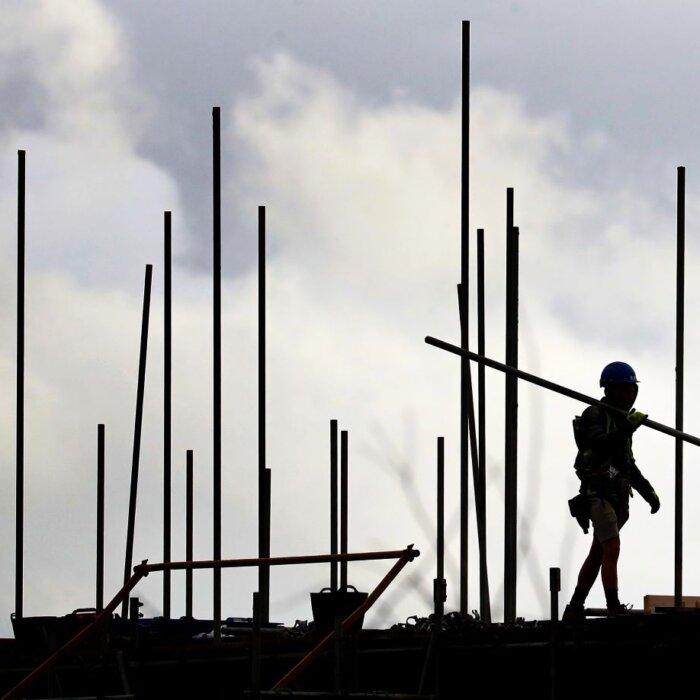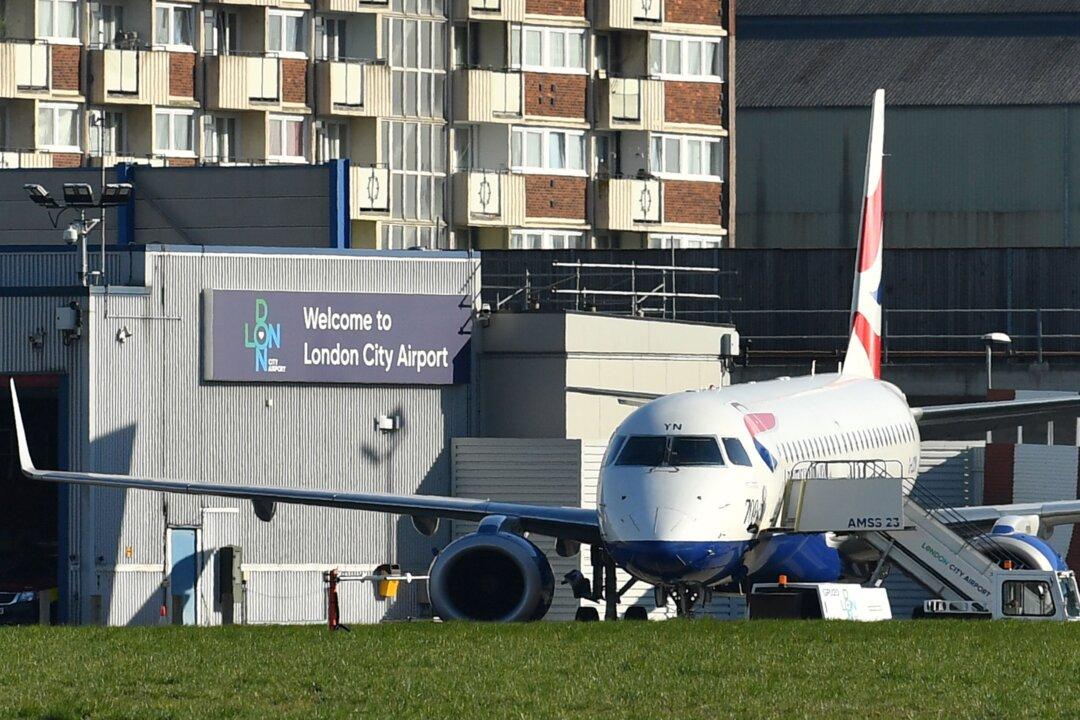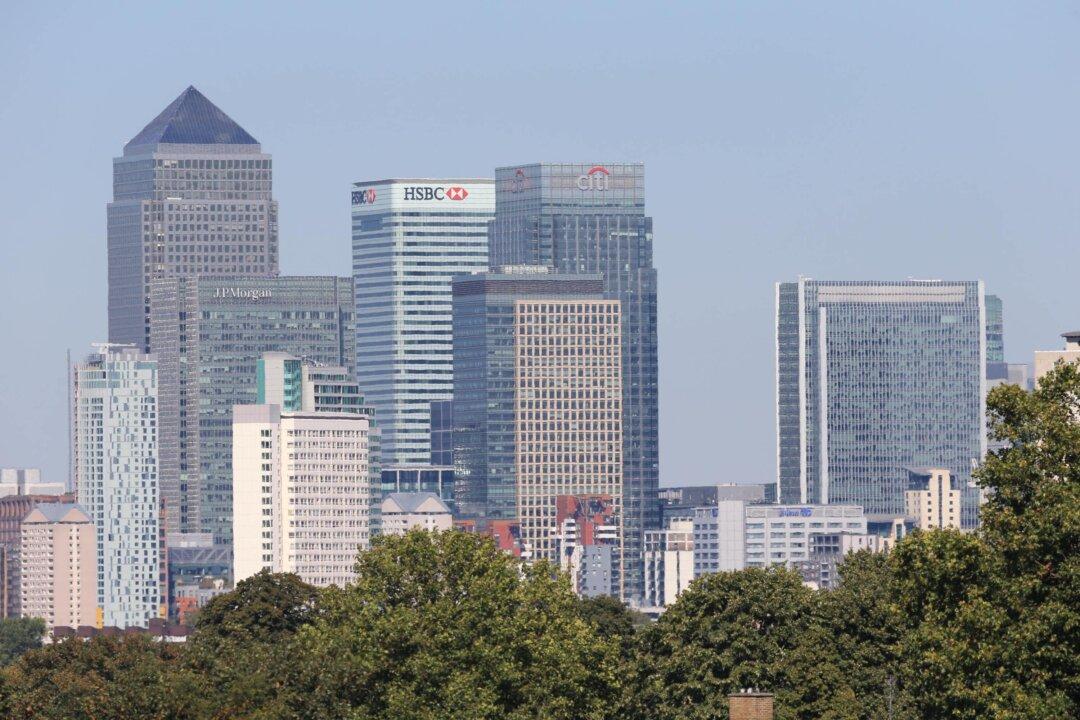Deputy Prime Minster Angela Rayner announced on Tuesday that the government will build 1.5 million homes in the UK over five years in a bid to tackle the housing crisis.
Speaking in the House of Commons, Rayner said mandatory housing targets, downgraded by the previous Conservative government, will be reinstated and some low-quality green belt land will be utilised for the scheme.
The deputy prime minister and housing secretary will reverse changes made to the National Planning Policy Framework (NPPF) by former Prime Minister Rishi Sunak’s administration, which she said had reduced the housing supply.
Rayner revealed forecasts of fewer than 200,000 new homes were to be built in 2024–25 under Conservative policies, which is way below their annual 300,000 target.
In her statement to MPs ahead of Parliament’s summer recess, Rayner said: “In a bid to appease their anti-housing backbenchers, they made housing targets only advisable.
“They knew that this would tank housing supply, but they still did it.”
The Labour frontbencher said her “radical plan” will help “get the homes we desperately need,” as well as “drive the growth, create jobs, and breathe life back into towns and cities.”
Her reforms make explicit that the default answer to brownfield development should be “yes” and promote house-building at greater densities in urban centres, like towns and cities across the UK.
Green belt land issued will have to abide by a set of “golden rules” ensuring the development provides 50 percent affordable homes—emphasising social rent—and must have access to green spaces and infrastructure such as doctors surgeries and schools.
Local authorities will rely on 2014 data to calculate just how much land they must allocate for the new housing scheme.
The deputy prime minister said: “Rather than relying on outdated data, this new method will require local authorities to plan for homes proportionate to the size of existing communities, and it will incorporate an uplift where house prices are most out of step with local incomes.
‘Council House Revolution’
Ministers are also laying the groundwork for universal local plan coverage across England.With only a third of councils currently having a plan that is under five years old, ministers will be ready to intervene to ensure they all have one in place by a specified point next year, taking over a local plan if insufficient progress is made.
Rayner also unveiled immediate measures to counter the decline in the number of social and affordable housing through new flexibilities for councils, including allowing them to use their right-to-buy receipts to build and buy more social homes.
“Today I’m calling on local authorities, housing associations, and industry to work with me to deliver a council house revolution,” Rayner told Parliament, promising the “biggest boost to social and affordable housing in a generation.”
Details of government investment in the form of direct grant funding for social and affordable housing, as well as on rent stability, will be brought forward at the autumn Spending Review.
Under Labour’s new building requirements, houses no longer have to be “beautiful,” which was a Conservative government expectation, arguing this is a subjective term and difficult to define, leading to inconsistent decision-making on applications.
Rather, Labour’s manifesto used different language, outlining instead its aim for “exemplary” development to be “the norm not the exception.”
Rayner defended the cut to London’s annual homes target from 100,000 to 80,000, saying the previous ambition “based on an arbitrary uplift was absolute nonsense,” and that the mayor of London “is determined to rise to” the new target.
However, Sam Richards, chief executive of pro-growth campaign group Britain Remade, said on Tuesday: “It is a mistake to cut London’s 100,000 homes per year target by 20,000.
“London has Britain’s most acute housing shortage, and cities across the world show that 100,000 homes per year can be done.”
Richards suggested that the revised “NPPF contains a number of necessary changes” and that “it is right that housing targets are now based on affordability and that they are tougher, while breaking the taboo on the green belt is brave and necessary.”
The new draft NPPF will go out to consultation for eight weeks from Tuesday.







